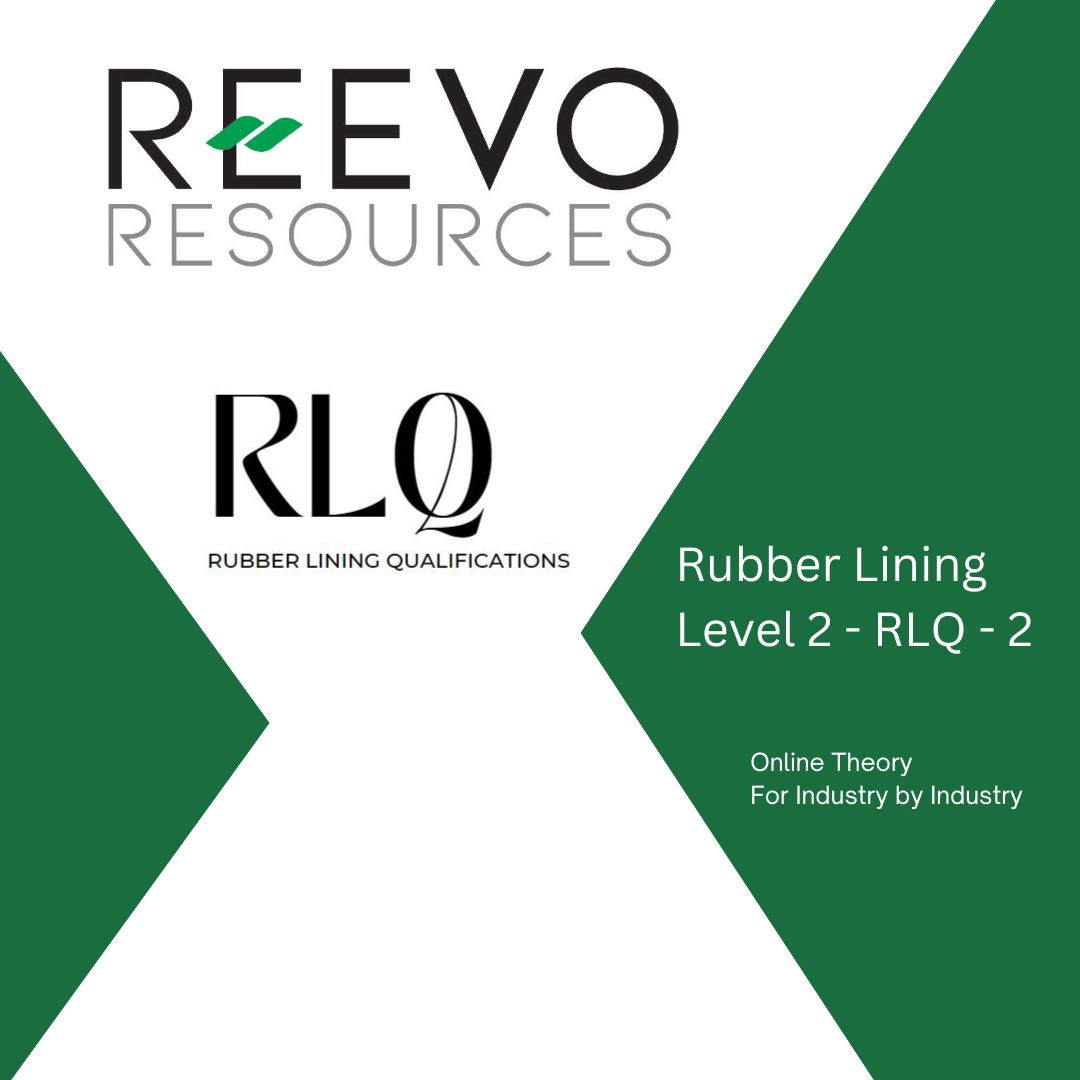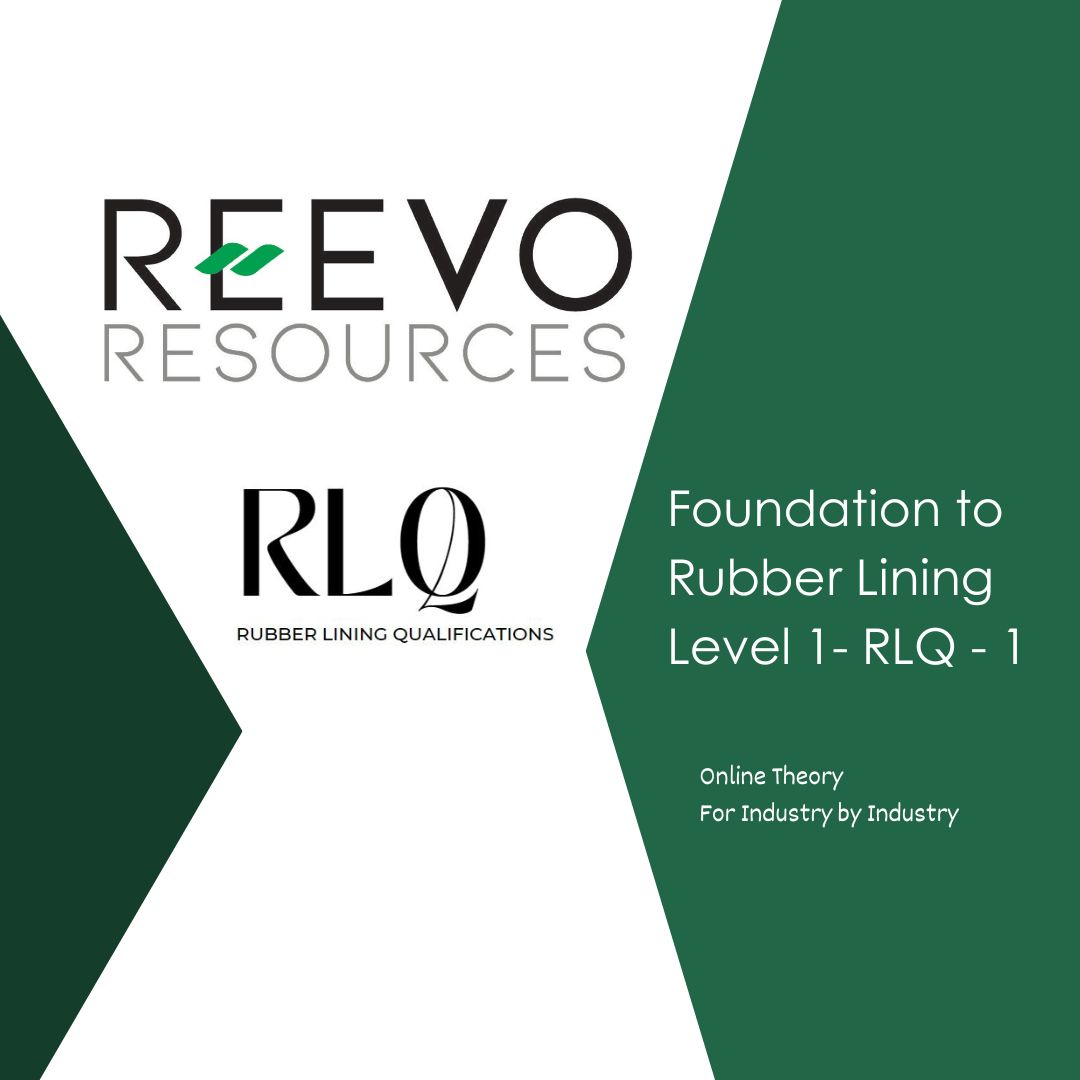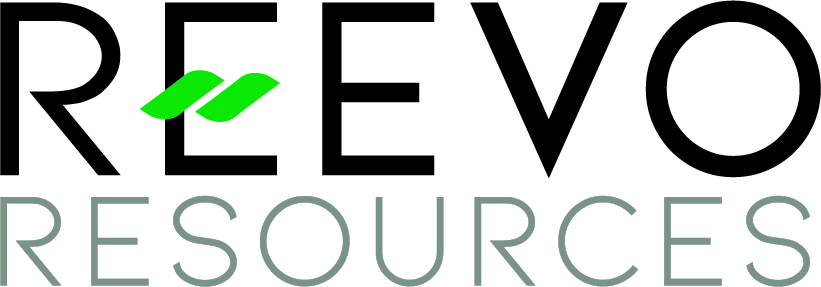Rubber Lining – Level 2 – Code # RLQ-2

Course Prerequisite(s)
- Please note that this course has the following prerequisites which must be completed before it can be accessed
-
 Rubber Lining – Foundation Level 1 – Code #: RLQ-1
Rubber Lining – Foundation Level 1 – Code #: RLQ-1
About Course
Rubber Lining Level 2 (Code #: RLQ-2) aims to provide consistent and reliable outcomes for all stakeholders in the delivery of Rubber Lining projects both in a workshop and site setting. Establish training needs of a given Rubber Lining Technician, whether a new starter or an experienced tradesman. The training program will run based on peer review evaluation of the current skills of the Rubber Lining Technician, verification of competency and setting achievable training and development targets as required.
Key drivers of RLQ-2 are:
Consistent Outcomes: tangible benefits regarding project assignment of personnel to specific tasks that match their level of competency. Leading to predictable, efficient, quality outcomes with built-in SOPs.
Skills Verification and Verifiable Records: Project Stakeholders can verify via Training Records that the Rubber Lining technicians meet the skill requirements for the type of Rubber Lining Project and complexity level.
Development of Personnel: Rubber Lining Technicians develop further skills and confidence in their own ability leading to increased job satisfaction and improved quality workmanship conducted in a safe manner – a “Win Win” for all stakeholders.
Sharing of Knowledge and Innovation: the training will lead to greater cohesion in the Rubber Lining Industry where all Stakeholders work to a consensus based on industry best practice and shared knowledge leading to innovation.
Scalable benefits: as the training program comes online, over time there will be scale benefits through targeted training needs based on individual skills assessments leading to career development opportunities for the trainee and accelerated growth efficiencies for Employers and Project Stakeholders.
Course Content
Rubber Lining – Level 2 – Code # RLQ-2
-
1. Wear Protection Rubber Lining Application
00:00 -
2. Types of Joints used for Wear Protection Rubber Lining
00:00 -
3. Corrosion Protection Rubber Lining Application
00:00 -
4. Types of Joints used for Corrosion Protection Rubber Lining
00:00 -
Quiz 1
-
5. Templates for Rubber Lining
00:00 -
6. Rubber Lining Straight Pipes
00:00 -
7. Rubber Lining Chutes
00:00 -
8. Rubber and Ceramic Lagging of Conveyor Pulleys
00:00 -
Quiz 2
-
9. Repair Techniques for Rubber Lined Vessels
00:00 -
10. Use of Cutting Tools and Skive-Cutting Techniques
00:00 -
11. Understanding Job Packs for Rubber Lining
00:00 -
Quiz 3
-
12. Use of Technical Drawings for Rubber Lining
00:00 -
13. Geometry and Lining Plans for Floors of Vessels and Tanks
00:00 -
14. Geometry and Lining Plans for Walls of Vessels and Tanks
00:00 -
15. Offer Input and Actively Engage in Safety Meetings
00:00 -
Quiz 4
-
16. Further Activity – Practical
00:00
Student Ratings & Reviews

No Review Yet


